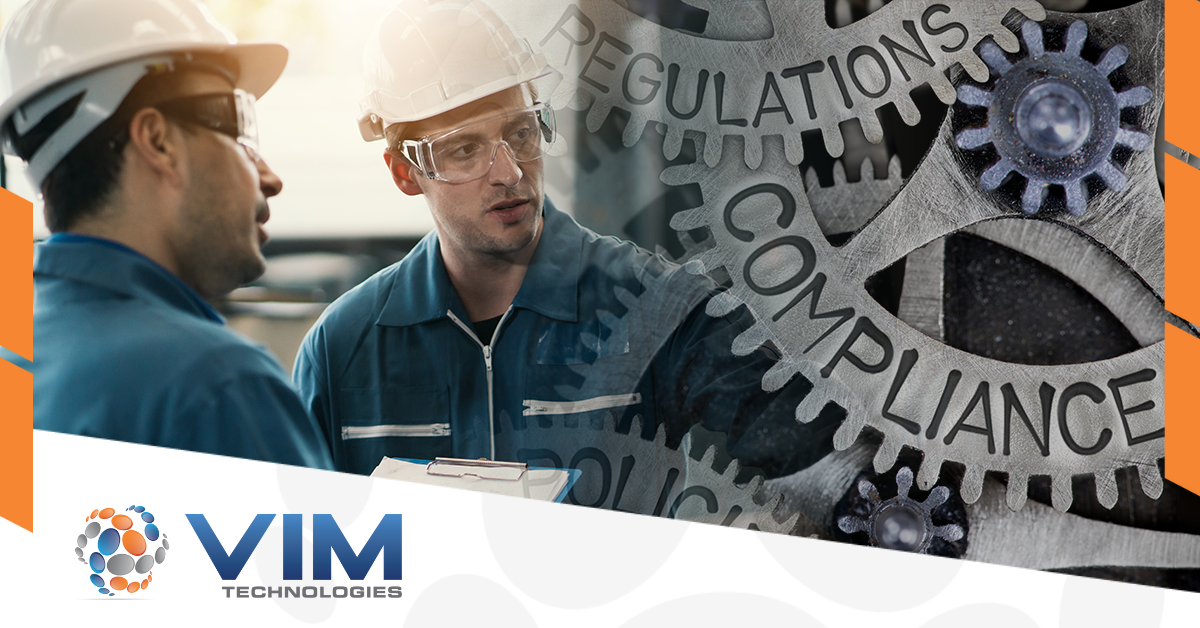Key Employee Risk, also known as Key Employee Dependency is an issue that companies face when one critical or key employee is the only person to have access to certain information or job responsibilities. This can refer to confidential information, compliance items, or operating procedures. Without this information, workflow is diminished or halted. This situation can happen when a key employee retires, takes a leave of absence, or is unavailable. Without the ability to continue proper workflow or standard operating procedures, it is easy to fall out of compliance and can have a detrimental effect on your business.
Who Are Considered Key Employees?
Key employees as the name suggests are those who have a critical role within an organization. These employees can be executives, compliance officers, long-term employees with particular knowledge or skillset, and those with specific access that is not available to anyone else. There must be plans in place and “backup” employees to step in when the key employee is unavailable.
What constitutes key employee risk? Those with a critical role, knowledge, or skill within an organization that others cannot easily pick up are considered a risk. Not only does key employee risk exist within one’s own company, but your business should evaluate vendors that support critical systems to ensure that risk is also minimized. These factors indicate vulnerabilities that can affect a company’s operations.
- Long tenure at a company
- Sole access to passwords or critical programs
- Individual knowledge of company history and specific customer relationships
- Proprietary technical Information and skills
- Tacit knowledge
- Knowledge of contacts and hierarchy internally and externally
How Does Key Employee Dependency Affect the Air Compliance Industry?
When a single employee who operates a specific program, system, or system component leaves their position, poorly documented processes and procedures can risk the company’s productivity, profits, and reputation. A company could be further affected by the potential costs of non-compliance, including fines, issuance of a notice of violation, or increased monitoring requirements under a consent decree.
Additional risks exist below the radar, including not being able to produce accurate documentation for an existing system, contractors having to crawl under desks to track wires to determine where data is coming from/going to, or programmed solutions that no one else can support.
Unexpected risks such as the COVID-19 pandemic, which resulted in worldwide shutdowns and illness affecting companies’ workforces and their ability to function efficiently and at capacity, must also be considered. Organizations can minimize issues and disruptions in the following ways:
- Avoid “Role Creep” by keeping all job descriptions updated.
- Identify critical parts of roles via interviews and documentation.
- Reward human capital by including incentives for employees.
- Share resources using standard software among the team.
- Spread knowledge through cross-training and collaboration.
- Maintain well-documented processes and procedures.
- Plan for transitions by identifying candidates, providing professional development, and integrating succession plans into the hiring strategy.
Best Practices To Mitigate Key Employee Dependency In The Air Compliance Industry
Utilize a well-developed, 3rd-party solution like VIM Technologies’ proven CEMLink 6 software to collect & report your data
CEMLink 6 is intuitive yet robust and includes many exclusive features to help manage, control, and maintain air compliance data and monitoring systems. Features include easily configurable overview screens, enhanced reporting packages, an electronic logbook, and cylinder gas management tools that help track and manage cylinder gas bottles more efficiently and effectively.
Keep your Facility Compliant using VIM’s Compliance Optimization & Monitor Performance Accuracy Services (COMPAS) Program
The Compliance Optimization & Monitor Performance Accuracy Service (COMPAS) program and regular audits can be critical in ensuring your facility and your organization stay in compliance.
VIM’s COMPAS Division has over 125 years of combined experience providing air quality consulting services to various industrial sources. These industries include but are not limited to electric generation, cement, lime, petrochemical and refining, pulp and paper, and fine chemicals.
COMPAS services include:
- CEM Program Audits
- DAS Tune-ups
- Monitoring Plans
- QA/QC Plans
- Regulatory Training
- Reporting & Regulatory Support
- Site-Specific Monitoring Plants
- Consolidating platforms through automation
- Establishing and updating a fully documented compliance plan
- Creating standard system and procedure documentation
You can minimize the concern of key employee dependency by assessing your vulnerability before it is too late, implementing plans to mitigate risk, and utilizing best practices. Here at VIM Technologies, we have an entire team available to support our clients and avoid the risk. To learn more about minimizing air compliance risk, contact VIM Technologies’ 24/7 Customer Support line at (866) 4VIM-HELP (484-6435) or visit https://www.vimtechnologies.com/meet-the-sales-team/ to connect with a member of the sales team.




